The universe might seem like an impossibly vast, cold emptiness, but hidden within its depths are secrets that could rewrite everything we know about life itself. For decades, scientists have gazed at distant worlds through telescopes, dreaming of the day they could hold actual pieces of other planets in their hands. That dream is becoming reality faster than most people realize, and the implications are absolutely mind-blowing.
The Revolutionary Power of Bringing Space Home
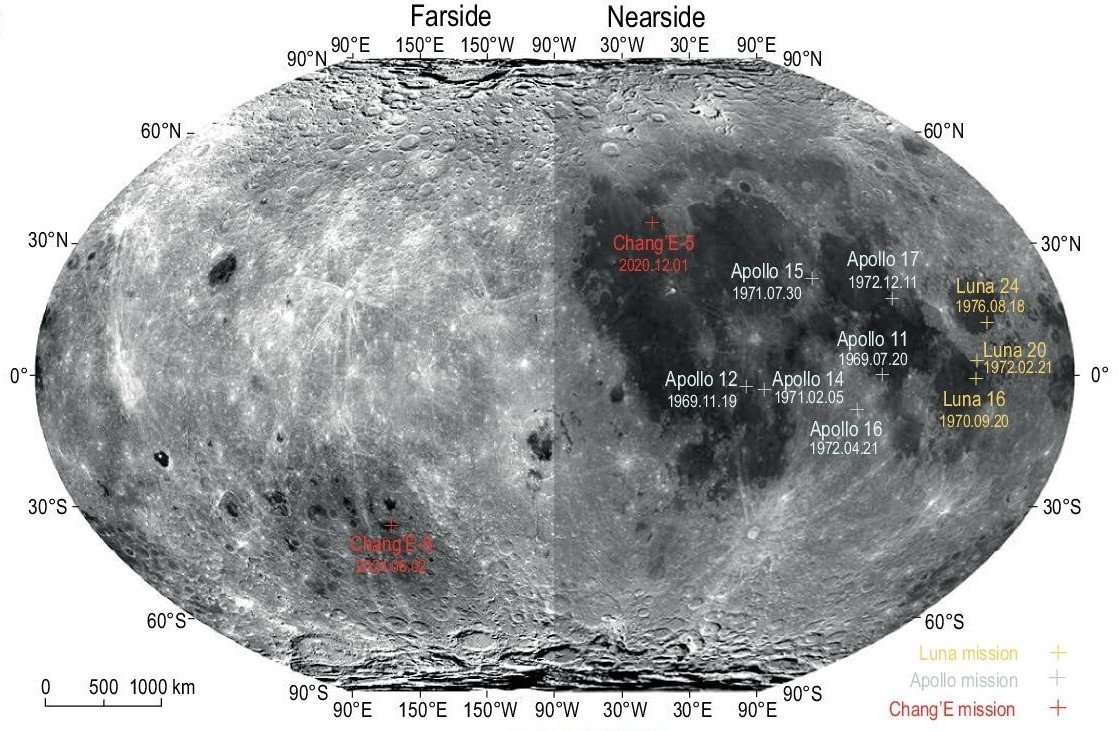
Sample return missions represent one of humanity’s most ambitious scientific endeavors, literally bringing pieces of other worlds back to Earth for detailed analysis. Unlike remote sensing or robotic exploration, these missions allow scientists to use the most sophisticated laboratory equipment on our planet to examine extraterrestrial materials. The Apollo missions demonstrated this concept magnificently when they brought back lunar rocks, but today’s sample return efforts are targeting locations that could harbor signs of past or present life. These missions cost billions of dollars and take years to complete, but they offer something priceless: definitive answers about what’s really out there in space.
Mars Sample Return: The Holy Grail of Astrobiology
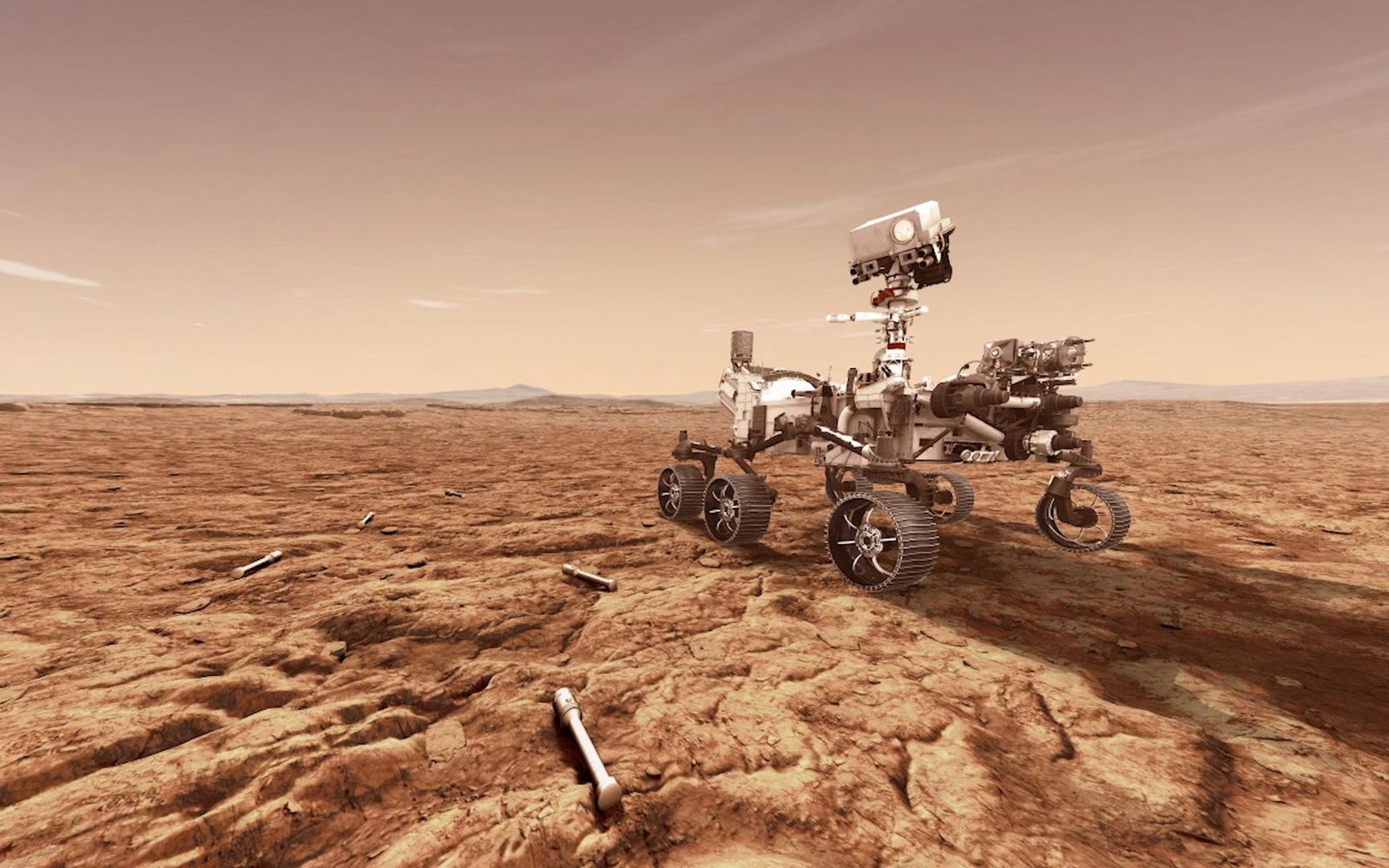
NASA’s Mars Sample Return mission represents the most ambitious attempt yet to answer whether life has ever existed on another planet. The Perseverance rover has been collecting carefully selected rock and soil samples from Jezero Crater, a location that scientists believe once held a lake billions of years ago. These samples are being stored in sealed tubes, waiting for a future mission to bring them back to Earth sometime in the 2030s. What makes this mission particularly exciting is that Mars likely had conditions suitable for life in its ancient past, with flowing water and a thicker atmosphere. If microbial life ever existed on Mars, traces of it might still be preserved in these rock samples.
Europa Clipper: Diving Into an Alien Ocean
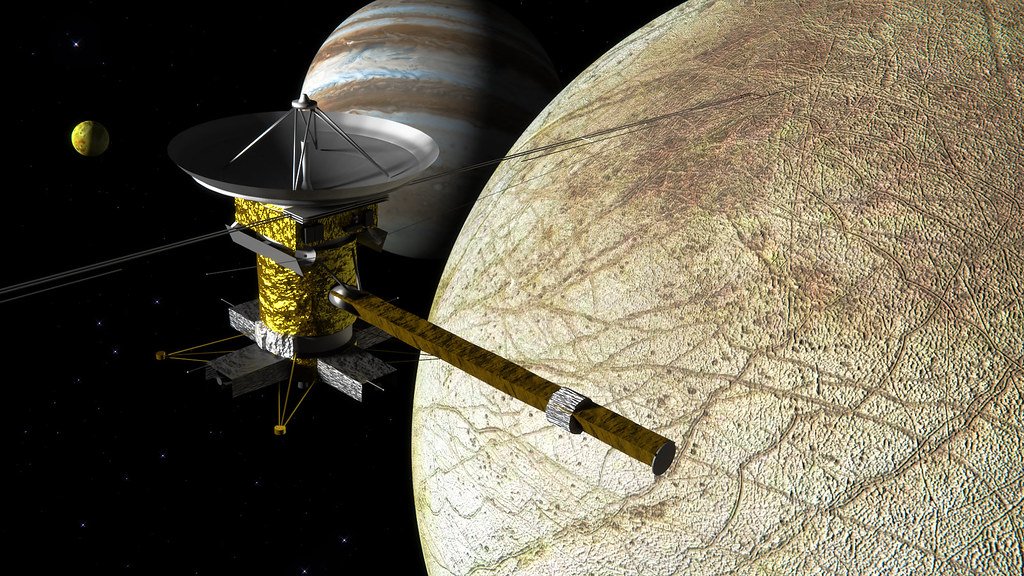
Jupiter’s moon Europa has captured scientists’ imaginations because it harbors a vast ocean beneath its icy crust, containing more water than all of Earth’s oceans combined. The Europa Clipper mission, launched in 2024, will study this moon intensively and potentially collect samples of material ejected from its subsurface ocean. Europa’s ocean has been liquid for billions of years, kept warm by tidal heating from Jupiter’s massive gravitational pull. This creates the tantalizing possibility that life could have evolved in Europa’s dark, salty depths, completely independent from life on Earth. Future sample return missions to Europa could bring back ice or organic compounds that might contain actual alien microorganisms.
Enceladus: Saturn’s Surprising Life Laboratory
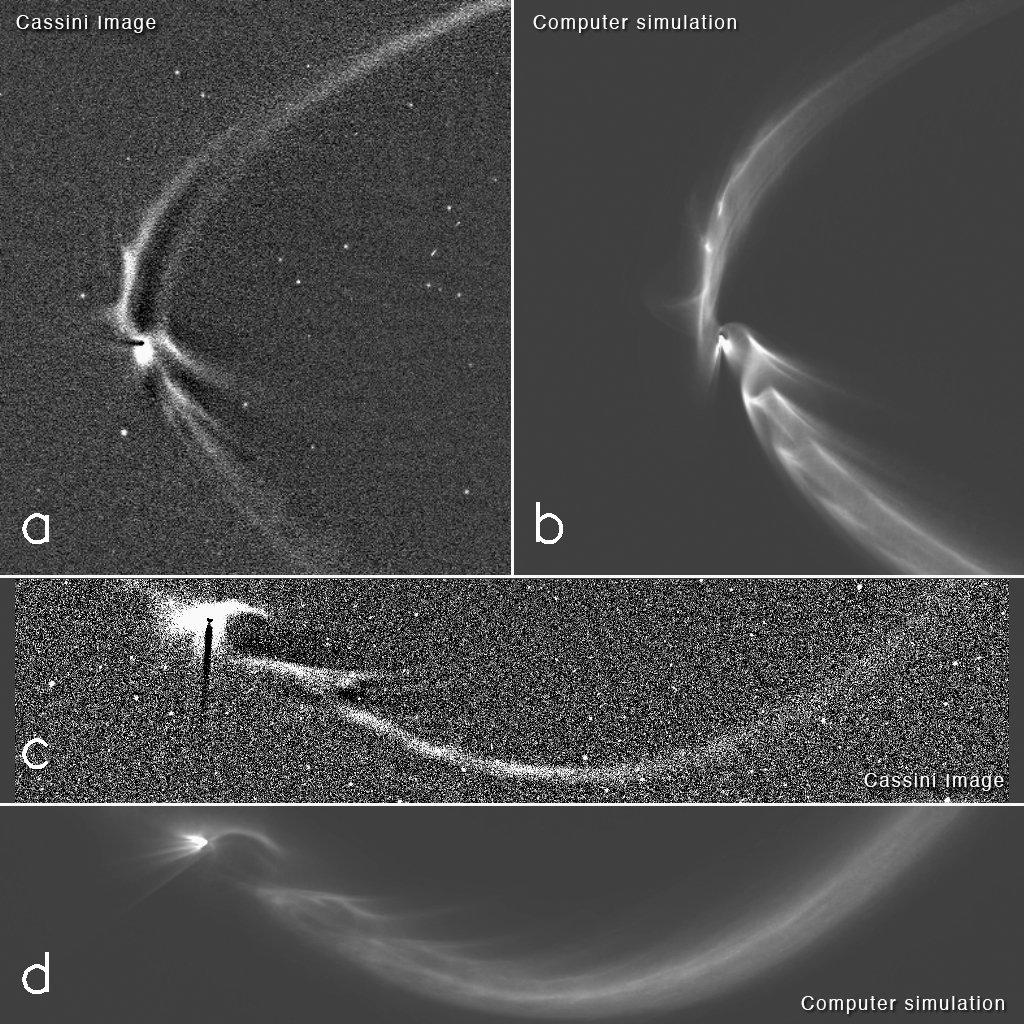
Saturn’s small moon Enceladus has become one of the most exciting targets in the search for life after the Cassini spacecraft discovered water vapor and organic compounds shooting out from its south polar region. These geysers originate from a subsurface ocean that likely contains hydrothermal vents, similar to those on Earth where life thrives in complete darkness. Scientists have already detected complex organic molecules in Enceladus’s plumes, including some that are essential building blocks of life as we know it. A sample return mission to Enceladus could potentially fly through these plumes and collect material directly from the moon’s ocean, bringing back samples that might contain living organisms.
Asteroid Samples: Ancient Time Capsules

Asteroids serve as pristine time capsules, preserving materials from the early solar system that remain largely unchanged for billions of years. Japan’s Hayabusa2 mission successfully returned samples from asteroid Ryugu in 2020, while NASA’s OSIRIS-REx brought back samples from asteroid Bennu in 2023. These carbonaceous asteroids contain organic compounds and water-bearing minerals that could provide clues about how life’s building blocks were delivered to Earth. Early analysis of these samples has already revealed surprising discoveries, including amino acids and other complex organic molecules that form naturally in space. These findings suggest that the ingredients for life might be more common throughout the universe than previously thought.
The Technical Challenges of Bringing Space Home
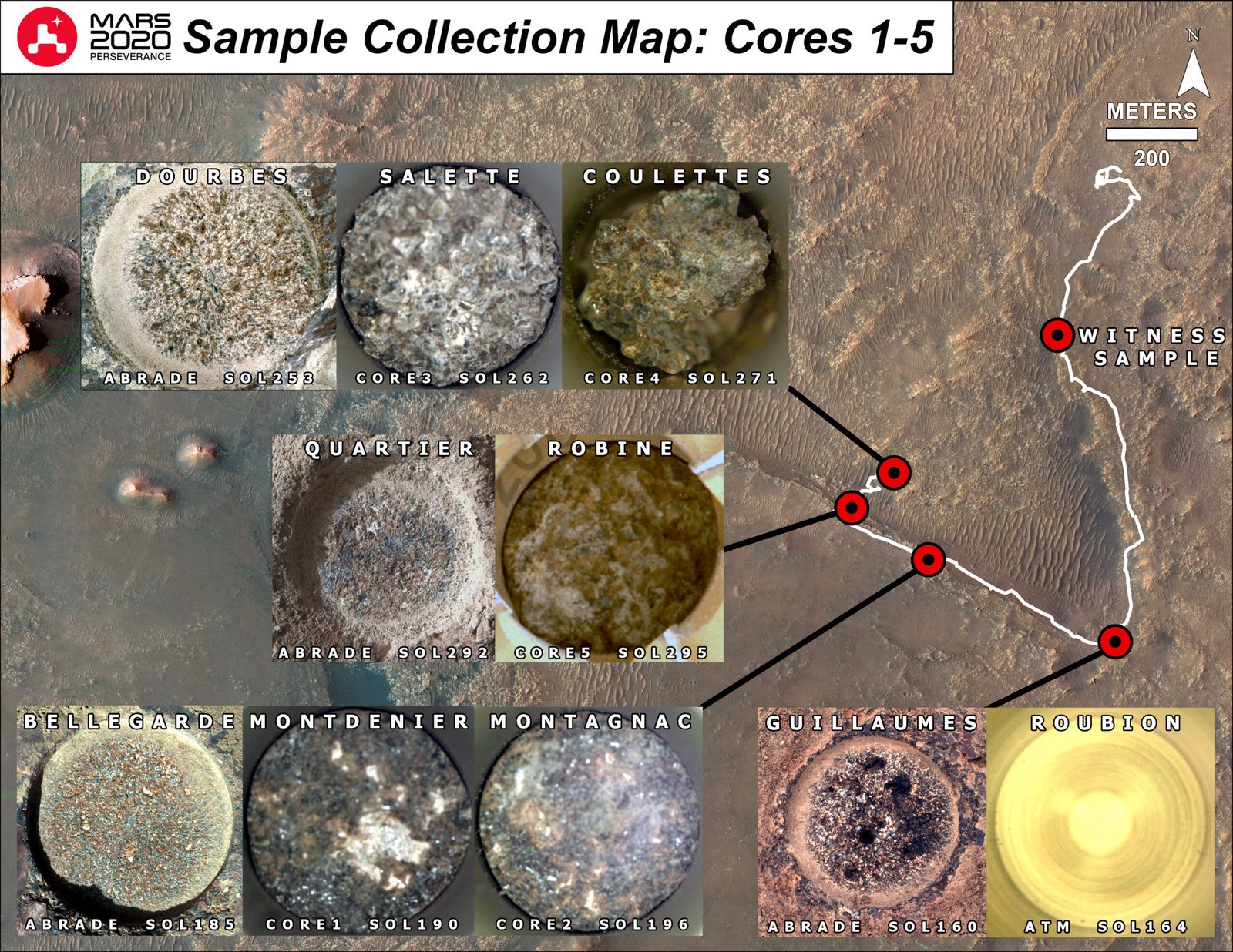
Sample return missions face incredible technical hurdles that push the boundaries of current technology. Spacecraft must survive the harsh radiation environment of space for years, land precisely on distant worlds, collect samples without contamination, and then launch back toward Earth with their precious cargo intact. The Mars Sample Return mission, for example, requires multiple spacecraft working together: one to collect samples, another to launch them into Mars orbit, and a third to bring them safely back to Earth. Each step involves technologies that have never been attempted before at such distances from Earth. Even minor failures could result in the loss of samples worth billions of dollars and years of scientific work.
Contamination: The Ultimate Scientific Nightmare

One of the biggest challenges in sample return missions is preventing contamination, both of the samples themselves and of Earth when they return. Scientists must ensure that any signs of life they discover actually came from the target world and weren’t introduced by Earth-based microorganisms during the mission. This requires incredible sterilization procedures and careful handling protocols that add complexity and cost to every mission. When samples return to Earth, they must be quarantined and studied in specialized facilities to prevent any potential alien microorganisms from escaping into Earth’s biosphere. The protocols for handling returned samples are so strict that they make biosafety level 4 laboratories look simple by comparison.
What Ancient Martian Rocks Could Tell Us

The rock samples currently waiting on Mars could revolutionize our understanding of life’s potential throughout the universe. Jezero Crater contains sedimentary rocks that formed in an ancient lake environment, exactly the type of location where microbial life might have thrived billions of years ago. These rocks could preserve biosignatures – chemical or physical evidence of past life – that would be impossible to detect with current robotic instruments on Mars. Scientists are particularly excited about the possibility of finding fossilized microorganisms or distinctive chemical patterns that only biological processes can create. If life once existed on Mars, these samples represent our best chance of proving it definitively.
The Search for Biosignatures: Reading Life’s Ancient Messages

Biosignatures are like nature’s autographs – distinctive patterns that only living organisms can create and leave behind in rock, ice, or atmospheric gases. Scientists look for several types of biosignatures, including specific isotope ratios, complex organic molecules, and microscopic structures that resemble fossilized cells. The challenge is distinguishing genuine biosignatures from non-biological processes that can sometimes create similar patterns. Advanced laboratory techniques on Earth can detect incredibly subtle biosignatures that would be impossible to identify with spacecraft instruments alone. When sample return missions bring back materials from potentially habitable worlds, scientists can apply the full arsenal of analytical techniques to search for these life signatures.
How Earth’s Most Extreme Life Forms Guide Our Search
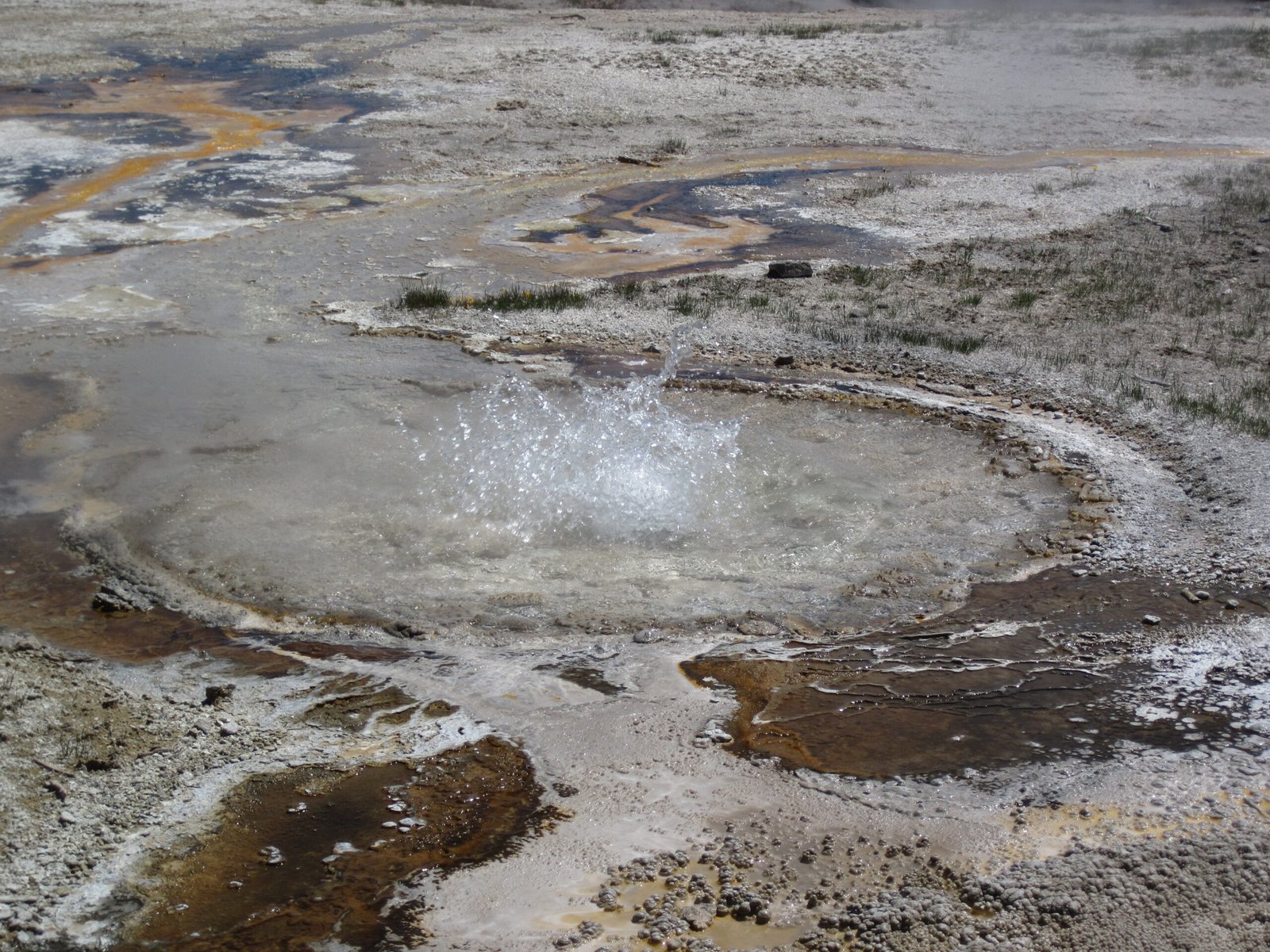
Scientists study extremophile organisms on Earth – life forms that thrive in incredibly harsh conditions – to understand what alien life might look like. These remarkable organisms live in boiling hot springs, highly acidic environments, areas with intense radiation, and even inside solid rock miles beneath the surface. Some extremophiles can survive in conditions that closely resemble what we might find on Mars, Europa, or Enceladus, proving that life can adapt to almost any environment imaginable. Understanding how these organisms leave traces of their existence helps scientists know what to look for in samples from other worlds. The discovery that life on Earth can survive in such extreme conditions has dramatically expanded the number of places in the solar system where we might find alien life.
The Timeline: When Will We Know?
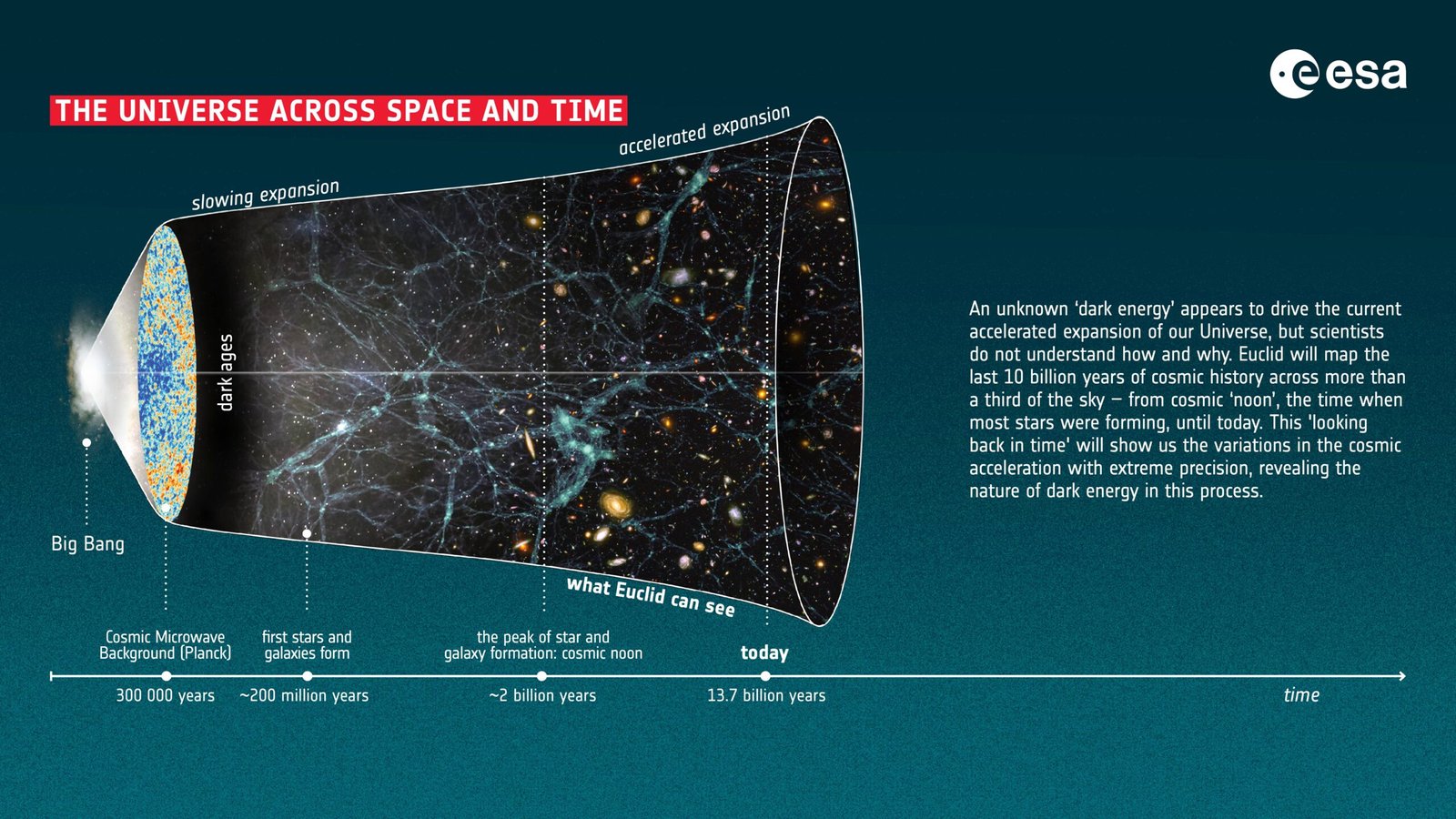
The search for life through sample return missions operates on timescales that test human patience, with most missions taking decades from conception to final results. Mars Sample Return samples won’t arrive on Earth until the mid-2030s at the earliest, and initial analysis could take several more years to complete. Missions to the outer solar system take even longer due to the vast distances involved – a trip to Europa or Enceladus requires nearly a decade just for travel time. However, some results could come much sooner than expected if samples contain obvious signs of life that are easy to detect. The waiting period between sample collection and analysis creates incredible anticipation in the scientific community, knowing that paradigm-shifting discoveries might be sitting in storage containers waiting for their moment of revelation.
Private Companies Enter the Game

Commercial space companies are beginning to play significant roles in sample return missions, bringing new technologies and cost-effective approaches to these expensive endeavors. Companies like SpaceX, Blue Origin, and smaller specialized firms are developing capabilities that could make sample return missions more frequent and affordable. This private sector involvement could accelerate the timeline for bringing back samples from multiple worlds, creating a steady stream of extraterrestrial materials for analysis. Some companies are even proposing ambitious sample return missions to locations that government agencies haven’t prioritized, potentially opening up entirely new avenues for discovering life. The combination of public funding and private innovation could revolutionize how we explore the solar system for signs of life.
International Collaboration: A Global Hunt for Life

The search for life through sample return missions has become a truly international effort, with space agencies from around the world contributing expertise and resources to these complex endeavors. The European Space Agency is partnering with NASA on Mars Sample Return, while Japan continues to lead in asteroid sample return technology, and China is developing its own ambitious sample return capabilities. This global collaboration brings together the best minds and technologies from different countries, making missions possible that no single nation could accomplish alone. International cooperation also ensures that the benefits and knowledge gained from these missions are shared with all of humanity, regardless of which country’s spacecraft actually brings back the samples.
The Laboratory Revolution: New Tools for Ancient Questions
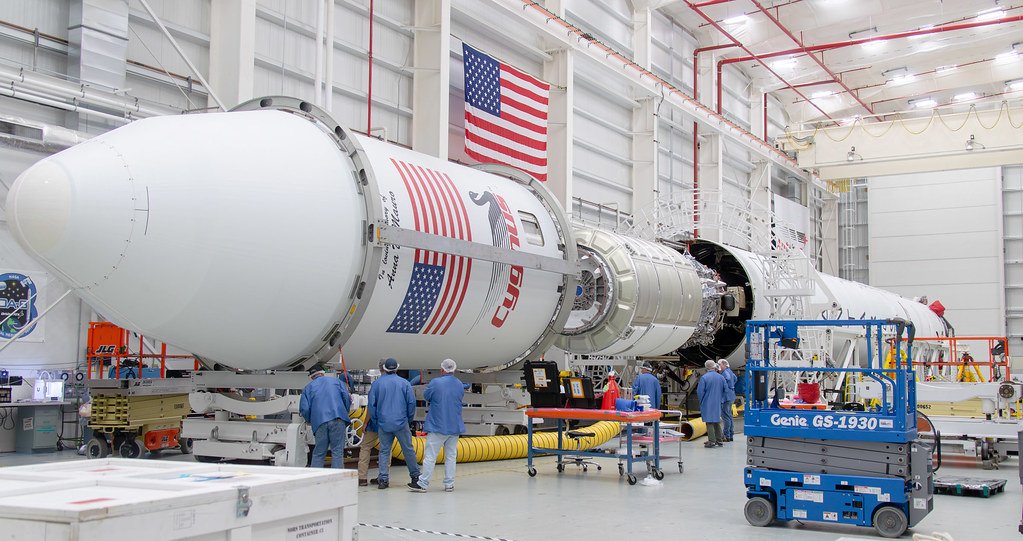
The instruments and techniques available for analyzing returned samples have advanced dramatically in recent years, giving scientists unprecedented ability to detect signs of life in tiny amounts of material. Mass spectrometers can now identify individual molecules with incredible precision, while electron microscopes can reveal structures smaller than viruses. New analytical techniques can even determine the age of organic compounds and track their chemical evolution over billions of years. Scientists are developing specialized protocols specifically for analyzing potentially life-bearing samples from other worlds, ensuring that no biosignature goes undetected. These technological advances mean that samples collected today will be analyzed with tools far more powerful than anything available when the samples were first gathered.
What Happens if We Find Life?

The discovery of life in returned samples would trigger the most significant scientific revolution in human history, fundamentally changing our understanding of our place in the universe. Scientists have detailed protocols for confirming and announcing such discoveries, involving multiple independent laboratories and extensive peer review to prevent false alarms. The implications would extend far beyond science, affecting philosophy, religion, and humanity’s sense of cosmic significance. Finding even simple microbial life would prove that life can arise independently in multiple locations, suggesting that the universe might be teeming with living worlds. Such a discovery would likely trigger massive new investments in space exploration and the search for more complex forms of alien life.
The Economics of Cosmic Discovery

Sample return missions represent some of the most expensive scientific endeavors ever attempted, with costs often exceeding several billion dollars per mission. However, the potential return on this investment could be immeasurable if samples reveal signs of life or unlock new understanding about the universe. The technology developed for these missions often finds applications in other fields, creating economic benefits that extend far beyond space exploration. Some economists argue that discovering life elsewhere would be worth trillions of dollars in terms of technological advancement, pharmaceutical development, and new industries that might emerge from understanding alien biology. The high cost of these missions reflects both their technical complexity and their potential to answer one of humanity’s most fundamental questions.
Backup Plans: What if Primary Missions Fail?

Space agencies have learned from decades of mission failures to develop comprehensive backup plans and redundant approaches to sample return missions. Multiple missions targeting the same locations ensure that technical failures or unexpected problems don’t derail the entire search for life. Scientists are also developing increasingly sophisticated remote analysis techniques that can provide valuable information even if sample return missions encounter problems. Robotic missions are being designed with greater autonomy and problem-solving capabilities, reducing their dependence on Earth-based control that can fail due to communication delays or technical issues. These backup strategies help ensure that the search for life continues even when individual missions don’t go according to plan.
The Next Generation: Future Sample Return Targets

Scientists are already planning sample return missions to targets beyond Mars and the outer solar system moons, including Venus’s atmosphere, the asteroid belt, and even comets that might preserve materials from the earliest days of the solar system. Venus’s thick atmosphere might contain airborne microorganisms that could survive in the planet’s more temperate upper atmosphere, making atmospheric sample return an intriguing possibility. Comets represent pristine samples from the outer solar system that could contain organic compounds and possibly even dormant life forms frozen for billions of years. Some researchers are even discussing the possibility of sample return missions to exoplanets using advanced propulsion technologies that don’t yet exist. These future missions could expand our search for life to an unprecedented scale throughout the solar system and beyond.
The Human Element: When Astronauts Become Sample Collectors
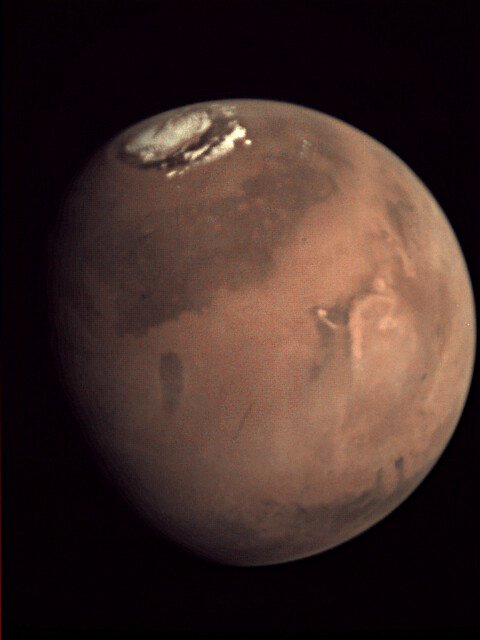
Future human missions to Mars and other worlds could revolutionize sample collection by bringing human judgment, flexibility, and real-time decision-making to the search for life. Astronauts could identify promising sampling locations on the spot, adapt to unexpected discoveries, and collect far more diverse samples than any robotic mission. Human missions could also establish permanent research stations on other worlds, enabling continuous sample collection and analysis over many years. The combination of human exploration and robotic sample return could create a powerful synergy for discovering life throughout the solar system. However, human missions also raise new challenges for preventing contamination and ensuring that any life discovered is genuinely alien rather than Earth-based microorganisms carried by the astronauts themselves.
The quest to bring pieces of other worlds back to Earth represents humanity’s boldest attempt yet to answer whether we’re alone in the universe. Every sample return mission brings us closer to that ultimate revelation, whether it confirms that life is rare and precious or reveals that the cosmos is alive with possibilities we’ve barely begun to imagine. The samples currently sitting on Mars, the organic compounds detected in asteroid materials, and the tantalizing hints from icy moons all point toward discoveries that could reshape our understanding of life itself. What will you think when the first confirmed signs of alien life are announced to the world?



